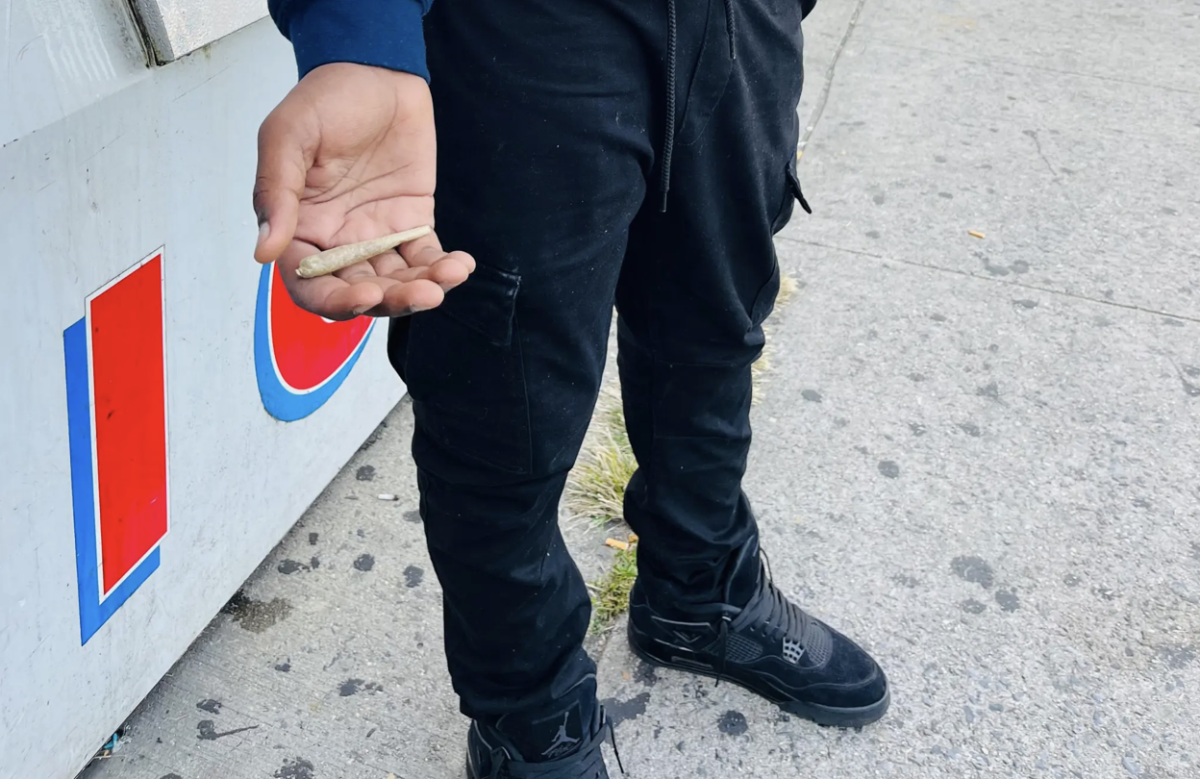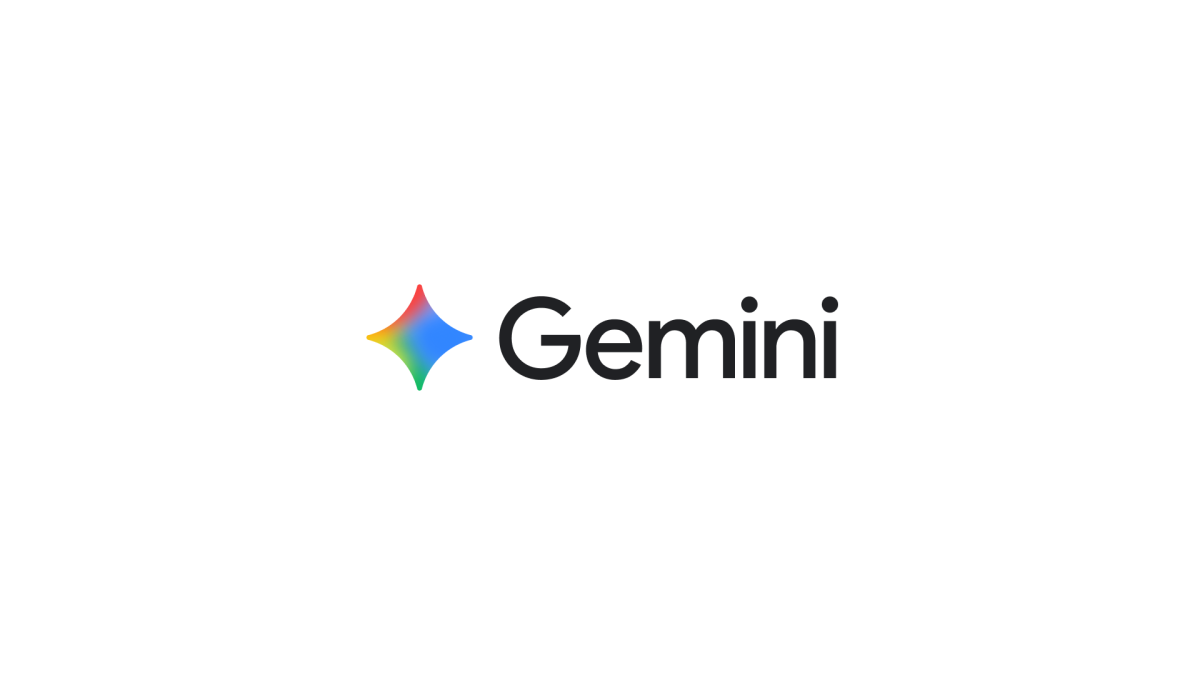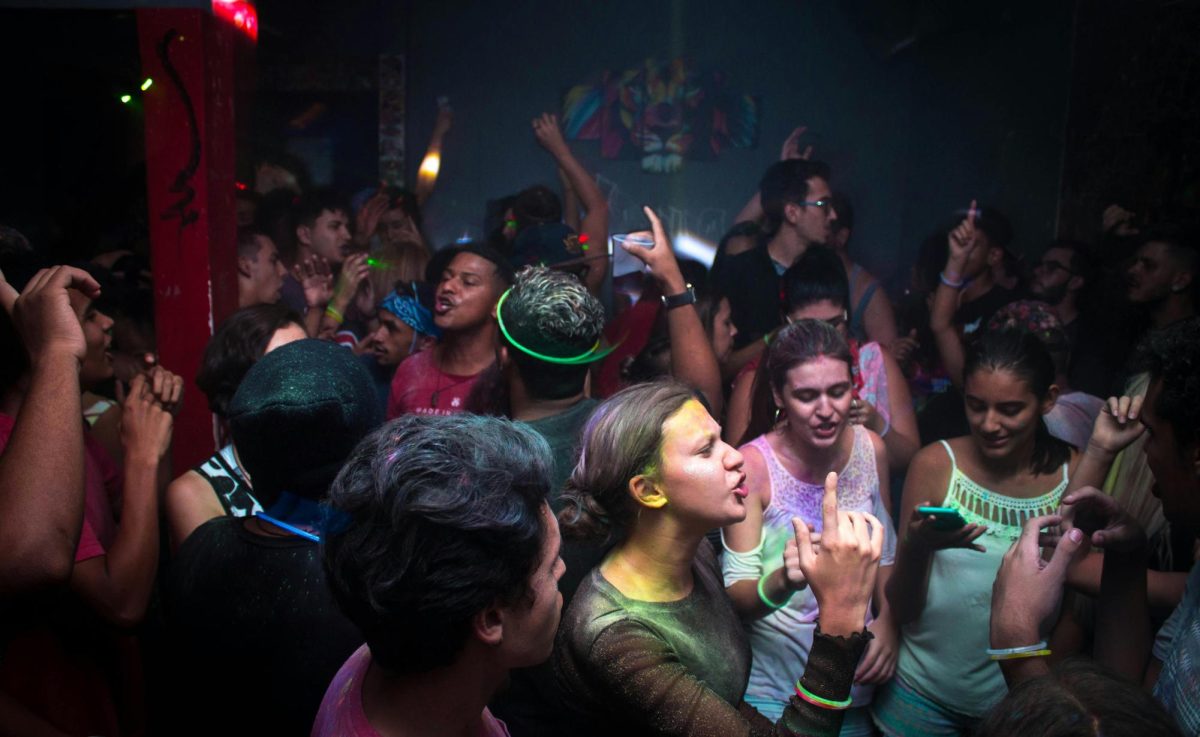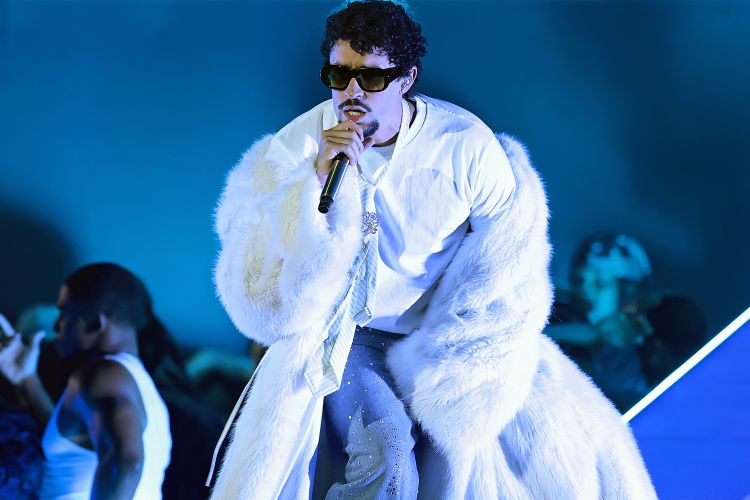As Gen Z continues to take over aspects of American society and bring back trends from the ‘80s and ‘90s, so are they helping revive the American drug epidemic. From heroin to crack cocaine, the drug epidemic is reemerging, and with the recent legalization of marijuana in some states, drug manufacturing and utilization rates are higher than ever.
Drug use in America is historically faddish, and the changing nature of the drug crisis has become predictable with each decade’s evolutionary advancements. In the 1960s and 1970s, America struggled with a heroin crisis prompted by Vietnam War soldiers who were exposed to it while fighting overseas.
According to Encyclopedia Britannica, in the ’80s, there was a widespread crack cocaine epidemic where the number of cocaine users increased by 1.6 million people, and there was a rise in addiction, death and drug-related crimes. In the 1990s, methamphetamine appeared becoming the “crack” of the ‘90s and early 2000s. Since then, opioids have taken off and Gen Z has been temporarily avoiding the drugs that are currently causing a crisis as an excuse for the recreational use of hard drugs.
Because many adolescents and college students don’t have personal experiences with the drugs that caused harm before their time, they are more willing to use those substances and, as a result, are less concerned with the consequences of possible addiction. All of this leads to a revolving door for different kinds of drug crises. Since the ‘60s, the problem has not settled, and now, in 2023, it is happening again. A third-year University student who prefers to keep her name anonymous stated, “As bad as this may sound, I don’t think we even see drugs as being dangerous anymore. It’s more like a recreational thing that we do from time to time and don’t really think anything of it. Of course, we don’t see ourselves as addicts, but that is until we actually get addicted.”
In New York, cannabis became legal for medical purposes in 2016 and recreational purposes in 2021. Since then, University students have begun smoking copious amounts of marijuana and even purchasing CBD or THC pens for portable use. Many students gather outside the 33 Beekman residence hall on the notorious “Beekman benches” daily to smoke cigarettes and weed or socialize with people around campus. In an interview with some Beekman bench regulars, they said, “I feel like weed doesn’t even count as a drug anymore if I’m being honest. I know a lot of people on campus who use it to help them sleep or be more creative with their art class assignments. A lot of people see getting high as an extracurricular activity or even do it to achieve the stoner aesthetic.”
As far as hard drug use related to the American drug crisis, after interviewing multiple students around campus, it is evident that some University students know at least one person personally from Gen Z who has struggled with addiction or has experienced a drug overdose.
The drug epidemic is known for being a continuous problem in marginalized communities and communities of people who are experiencing homelessness. Still, the issue hits closer to home when students around campus surround themselves with people who experiment with the same drugs known to cause addiction and even death.
The University is beginning to notice this problem and driving action by making efforts to educate students on the impact and dangers of drug use. This semester, the University has held Naloxone training sessions to help prepare students for any unexpected events of an overdose regarding friends or family members.
There aren’t many organizations on campus that dedicate themselves to educating students on drug abuse, but the University is serious about making sure students educate themselves on what to do in the event of a crisis. A senior at Pace who requested his name remain anonymous said, “Just because the University is offering training on the issue, doesn’t mean students are going to stop doing it, but I do appreciate the fact that they are trying to educate and prepare students if or when they encounter that awful circumstance.”
People are beginning to have more significant and extensive conversations about how college students are getting access to these drugs, even in their illegal nature. The University has made an effort to emphasize the importance of room checks in residence halls to discourage students from holding drugs in their dorms. In a study done by the Timely Care Organization, researchers found that the rate of substance abuse (both drugs and alcohol) among college students has risen steadily in recent years. The study found that 37% of college students regularly use an illegal drug or abuse alcohol. At the University, the use is estimated to be more prominent as a result of certain drugs being legalized or used medically in New York State.
It is important that specialists readdress this topic now as opposed to how it was addressed decades ago so that American society does not repeat its mistakes of handling the epidemic as it did in previous years. The goal is to prevent the severity of the situation from rising as highly as it did before. The University’s efforts to provide Narcan training is their way of subtly addressing the issue without directly confronting or attacking students on the issue. Some tensions are rising between students and administrators because some students feel they are not safe to express their feelings on the matter or call out for help if they are battling with addiction.
Overall, the University continues to raise awareness of the issue and support students who are in need of help. The drug epidemic continues to be a prominent issue in America, but health researchers are doing the best they can to contain the spiraling effects of the issue.






